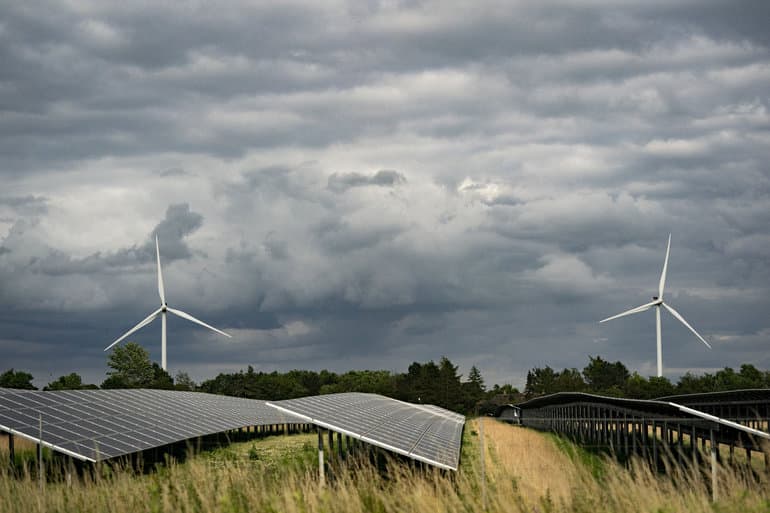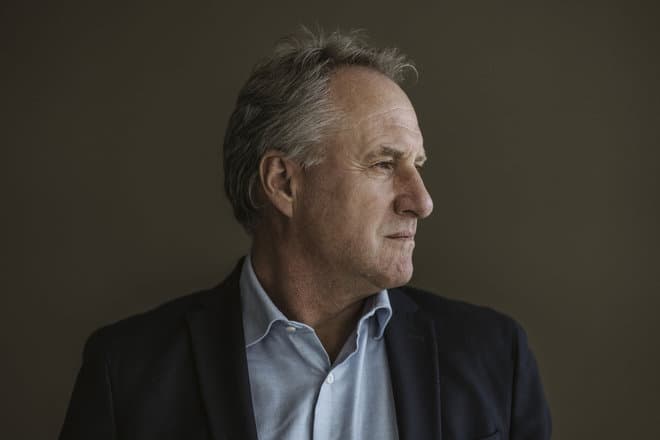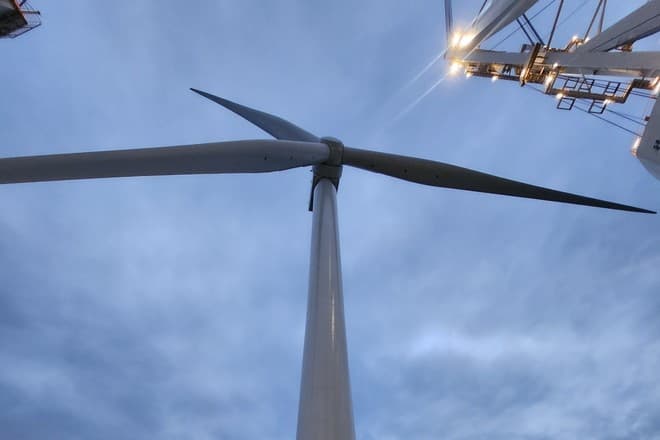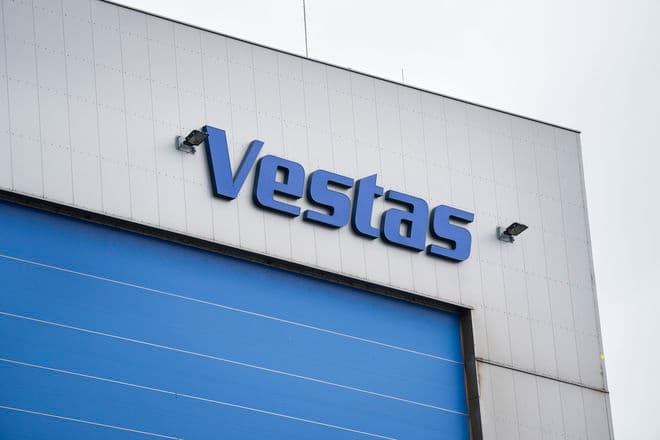
Municipalities that allocate land for solar and wind farms should keep a larger share of tax revenues. This is the opinion of the industry organization Green Power Denmark based on a new analysis.
A field with green energy production from either solar cells or wind turbines contributes far more than if the land is used for agricultural production, shows the analysis from the auditing and consulting firm KPMG.
- We propose to change the distribution of the social benefits that come from setting up energy plants on our fields. Today, the individual municipality that allocates land for wind turbines, solar cells and hybrid parks receives far too little. Much is distributed to other municipalities. We propose a very simple solution, which is that the tax revenues from wind turbines, solar cells and hybrid parks are distributed in the same way as for unmanned gas stations. Namely, where the plant is located, says director Kristian Jensen from Green Power Denmark.
A typical energy park contributes 160-562 million kroner to the state, municipalities and neighbors over 30 years. That is 32 to 112 times more per hectare than traditional farming. If the proposal is implemented, the municipalities will be able to keep up to 44 percent, as the municipal equalization must be offset.
Kristian Jensen denies that there is bureaucracy associated with it, because it is simple to determine where the parks are.
- With a simple move, you can distribute the money better, so that the municipalities that take responsibility get a larger share of the social pie, he says.
Will benefit rural districts
In addition, the proposal will benefit rural districts, because that is most often where the parks are set up. Solar cells and wind turbines often meet local resistance because people are against them being placed where they live. But more electricity is needed in the future because of electric cars and general development.
- If we are to be independent of imported energy, lower energy bills for Danes and strengthen the competitiveness of companies, we need more sun and wind - also on land. With electric cars, heat pumps, electrified district heating and new business needs, roof surfaces are not enough. We don't have enough space there, and we need to pick up the pace, says the director.
Kristian Jensen acknowledges that some people have strong opinions about solar cells.
- It changes the landscape when solar cells are installed. But when the green belts and hedges around the parks grow up, visibility is reduced. In several places, you can't even see the solar cells themselves when you drive past a green fence, and that provides a richer wildlife than on a pure agricultural field, he says.
He emphasizes that in Denmark more agricultural land is used to produce Christmas trees than on solar cells and wind turbines. But he admits that they are not natural products, which Christmas trees are, after all.
- It is a very limited part of Denmark's area that needs to be used. If you create hybrid parks with solar cells under wind turbines, the area requirement will be even smaller, he says.
/ritzau/
Text, graphics, images, sound, and other content on this website are protected under copyright law. DK Medier reserves all rights to the content, including the right to exploit the content for the purpose of text and data mining, cf. Section 11b of the Copyright Act and Article 4 of the DSM Directive.
Customers with IP agreements/major customer agreements may only share Danish Offshore Industry articles internally for the purpose of handling specific cases. Sharing in connection with specific cases refers to journaling, archiving, or similar uses.
Customers with a personal subscription/login may not share Danish Offshore Industry articles with individuals who do not themselves have a personal subscription to Danish Offshore Industry.
Any deviation from the above requires written consent from DK Medier.






















